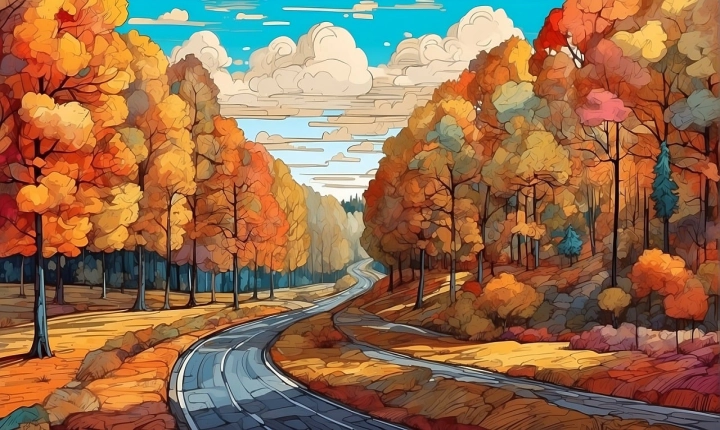Despite being a relatively recent advancement, the ability of artificial intelligence (AI) to generate images has rapidly evolved over the past few years. This technology, known as generative adversarial networks (GANs), has enabled AI systems to create realistic and often stunning images that were once thought to be exclusive to human creativity. But how exactly does AI generate these images?
At the core of AI-generated images is the concept of GANs, which consist of two neural networks: a generator and a discriminator. The generator is responsible for creating images, while the discriminator evaluates the realism of those images. Through a continuous cycle of feedback and learning, these two networks work in tandem to produce images that are increasingly convincing and lifelike.
The process begins with the generator network generating random images based on the criteria it learns from its training data. These initial images are typically unrecognizable or abstract, lacking the coherence and realism that we associate with photographs or realistic artwork. However, the discriminator network then scrutinizes these images, comparing them to real images from the training data. It provides feedback to the generator network, guiding it towards producing images that more closely resemble the real ones.
As this back-and-forth process continues, both the generator and the discriminator progressively improve their abilities. The generator network learns to create more convincing images, while the discriminator network becomes more adept at discerning real images from generated ones. Over time, this iterative process results in the generation of images that are remarkably realistic and indistinguishable from human-created ones.
One of the key reasons why GAN-generated images are so successful is the diversity of training data that AI systems can learn from. By exposing the networks to a wide range of images, spanning different styles, perspectives, and subjects, the AI becomes adept at generating images that encapsulate the essence of the training data. This diversity allows AI to produce images across a spectrum of styles and genres, ranging from classical art to modern photography and beyond.
Beyond merely replicating existing images, AI is also capable of creating entirely new and original compositions. By extrapolating from its learned knowledge of visual patterns and aesthetics, AI can produce images that are entirely novel and reflect a fusion of diverse influences. This ability to blend and reimagine visual elements has opened up new avenues for creativity and artistic expression, challenging traditional notions of what it means to be a creator.
However, it is important to acknowledge that AI-generated images are not without their limitations and ethical concerns. Despite their visual fidelity, these images lack the emotional depth and narrative context that human artists bring to their work. Furthermore, the use of AI in generating images raises questions about authorship, ownership, and the potential for misuse, particularly in the realm of fake news and deceptive visual content.
In conclusion, the process through which AI generates images is a remarkable testament to the transformative power of machine learning and neural networks. By leveraging GANs and training data, AI systems are able to create images that rival the sophistication and realism of human-generated ones, while also exploring new frontiers of visual creativity. As this technology continues to advance, it will be essential for society to grapple with the implications and applications of AI-generated images, ensuring that they are used responsibly and ethically.
